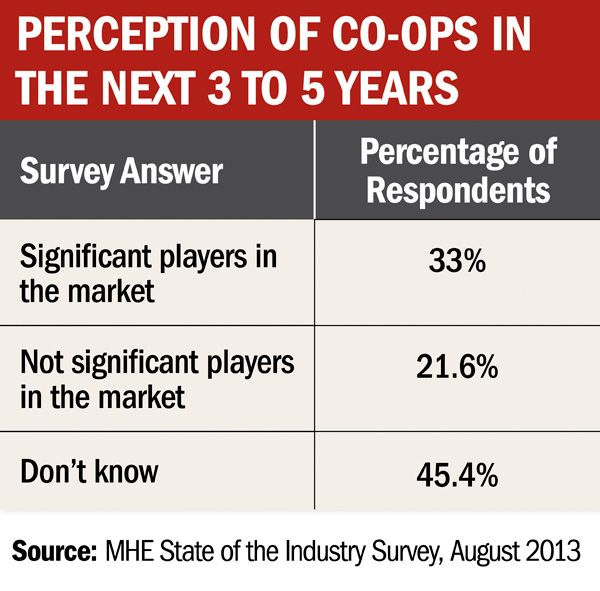Kentucky co-op leverages outreach during open enrollment
New members likely to have more chronic conditions
As a new health plan, Kentucky Health Cooperative needs to be all things to all people-all on a budget. As the state gets ready for the first year of operation for its “kynect” health insurance exchange, Kentucky Health Cooperative (KHC) is preparing to insure “tens of thousands” of individuals and families.
Leaders for the cooperative are not sure where it will rank relative to the rest of the market in terms of enrollment and premium costs.
“However, we do think that we will be very competitive,” says Janie Miller, Kentucky Health Cooperative’s CEO. “We expect a large percentage of the uninsured and underinsured populations to be eligible to receive a premium subsidy.”
The organization began with a federal loan agreement signed in June 2012, which provides $11.9 million of start-up funding that is made available as the plan achieves specific milestones in the development process, as well as $46.8 million in solvency funding. The loan letter of agreement was signed before the federal government cut funding for cooperatives that had been made available under the Patient Protection and Affordable Care Act (PPACA).
KHC itself was established as a result of actions by “business and community leaders, particularly those involved with primary care and federally qualified health centers throughout Kentucky, who are very familiar with the issues of the uninsured and the lack of access to health coverage for people in Kentucky,” says Miller.

Feedback from our reader surveyWhat is also clear is that, given the state’s population, the co-op’s covered population is likely to include many individuals with cardiovascular disease, cancer, smoking-related conditions, obesity and other serious and chronic conditions. For that reason, the plan is preparing to help consumers to navigate the healthcare system and to deal with pent-up demand. The need will be particularly acute among individuals who have not had access to preventive care or treatment for chronic conditions.
“We will be reaching out to those members and helping them to identify a medical home where they can obtain needed care,” says Miller. “We will also be looking at whether they are they up to date on preventive health needs, particularly for children. We can work with parents to make sure that they understand the importance of getting the children in for well-child visits and immunizations.”
The outreach could extend to helping individuals to make their first appointment with a physician.
Because the co-op cannot use federal loan funds for marketing, it has no marketing budget to begin open enrollment season. Therefore, outreach and education is the best way for the KHC to make connections in the marketplace and make itself known to consumers.
“We are finding is that there is a lot of confusion and lack of information out there as to what [PPACA] means,” says Miller. “We are doing grassroots work in small meetings with various associations, women’s clubs, chambers of commerce and local and county governments.”
Premiums for Employer-based Health Insurance Increased by 7% in 2024, Says KFF Report
Published: October 9th 2024 | Updated: October 9th 2024The 2024 increase is the same as last year's increase for family coverage. The foundation’s annual survey of employer health benefits also found that only 18% of large employers (200 employees are more) are covering the GLP-1 weight loss drugs.
Read More
Doug Chaet of Value Evolutions Discusses Value-based Payment Models, Where They Stand and More
September 29th 2022In this episode of Tuning In to the C-Suite, Managing Editor of Managed Healthcare Executive, Peter Wehrwein, speaks with President of Value Evolutions and MHE Editorial Advisory Board Member, Doug Chaet, FACHE, about value-based care's current standing, the status of select payment models like bundled and episodic, and more.
Listen
Florida Gets the OK. But Will Drug Importation from Canada Actually Happen?
March 5th 2024Canadian health officials warn that maintaining a drug supply for Canadians is their priority. The staunch opposition of the U.S. pharmaceutical industry may also be an obstacle to imports from north of the border.
Read More